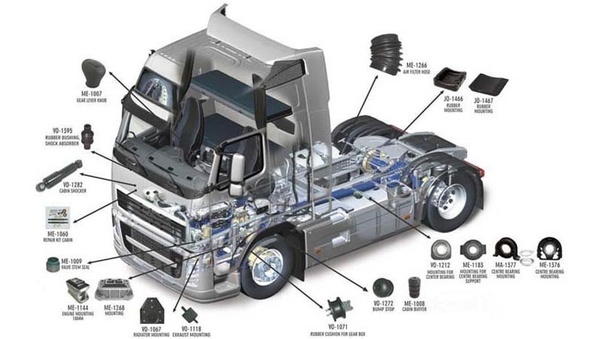Everything You Need to Know about Florida Car Shipping
Transporting a vehicle can be an intimidating task no matter where you’re doing it to (or from). Of course, when it comes to car shipping in Florida, there are a ton of potential options. Considering carriers alone, there are hundreds to pick from, and this can make it quite difficult in the end!
If you’re looking to transport a car into or out of Florida, then you’ve come to the right place. We’ll be discussing what car shipping is, how it works, and why it might be worth checking out. This industry is a huge one, as you can read about here: https://www.mdpi.com/2077-1312/9/11/1295, and there are a lot of things to keep in mind if you’re opting to utilize these services!
The Basics of Vehicle Transportation
Now, before we cover some of the specifics of the process, let’s look at a simple definition: car shipping is when you utilize a carrier service to move a vehicle (or multiple vehicles) from one location to another. More often than not, it’s for covering long distances.
As you can see, it’s not that complicated. Where things start to get a bit muddy is when we look at the different types of car shipping – so, let’s take a moment to examine them.
Open Carriers
As far as the most common option goes, this is it! With this method, the vehicle will be placed into an open trailer along with other cars and they’ll all be shipped together. Of course, the open trailer means that they could potentially be exposed to the elements – that’s the main trade-off here, since it’s a more affordable option.
Just remember that if you are going to go with an open carrier with RoadRunner Auto Transport Florida, there are a few things you’ll want to do to prepare. One example is to clean out your car beforehand – ensure that no personal belongings are left behind, because these could potentially end up lost or damaged with an open carrier.
While that doesn’t happen often, it doesn’t hurt to be prepared! Additionally, you may want to have your car cleaned before it’s dropped off or picked up – this can ensure that the inspection beforehand goes smoothly.
Closed Carriers
As you can probably imagine, this is pretty much the opposite of the previous option.
With an enclosed carrier, the vehicle is protected from the elements. While you should still be sure to remove your personal belongings, there’s less of a chance of your car being damaged by the elements during the transit process. The downside is that it’s more expensive in comparison, so you’ll want to take that into account when you’re booking.
Services Offered
We’ll be delving into how the process works shortly, but for now, let’s examine some of the services that transport companies might provide. Some of them will come courtesy of the initial booking, others will cost a bit more money, so keep that in mind and don’t be afraid to ask the carrier about it.
Pickup and Delivery: As you can read about on forums like this one, most carriers offer either door-to-door transport, terminal-to-terminal transport, or door-to-terminal transport. They each have their own positives and negatives and can be quite a valuable service!

Insurance Coverage: If you’re worried about damage to the vehicle during transport, you could invest in an insurance policy that will cover any of that damage. Typically, this does cost extra, so bear that in mind.
Tracking: For anyone who likes to know exactly when they’ll be able to pick their vehicle up (or when it will be delivered), you should be happy to know that most carriers provide detailed tracking information for the vehicle being shipped. Often, this will be through an online portal.
How it Works
Overall, the process of shipping a car isn’t a difficult one, whether you’re here in Florida or elsewhere in the country. You’ll likely want to start with doing some research on carriers – the resources we’ve provided may be of some use on that front!
From there, it’s a simple matter of booking your timeslot. Prices can range significantly depending on the season when you’re shipping, so that could have an impact on your plans. Make sure that you have a definitive plan before booking with your carrier – think about the timeline ahead of time so that you’re prepared!
When you’ve booked with your carrier, you can start to prepare your vehicle and any relevant documentation. They’ll likely want your photo ID (whether that’s a driver’s license, passport, or state ID), insurance information for the vehicle, and proof of ownership. That way, everyone can feel more secure about the shipping process.
While it can feel intimidating to decide to ship a car, there are plenty of safe options to do so. Hopefully, this guide helps!






